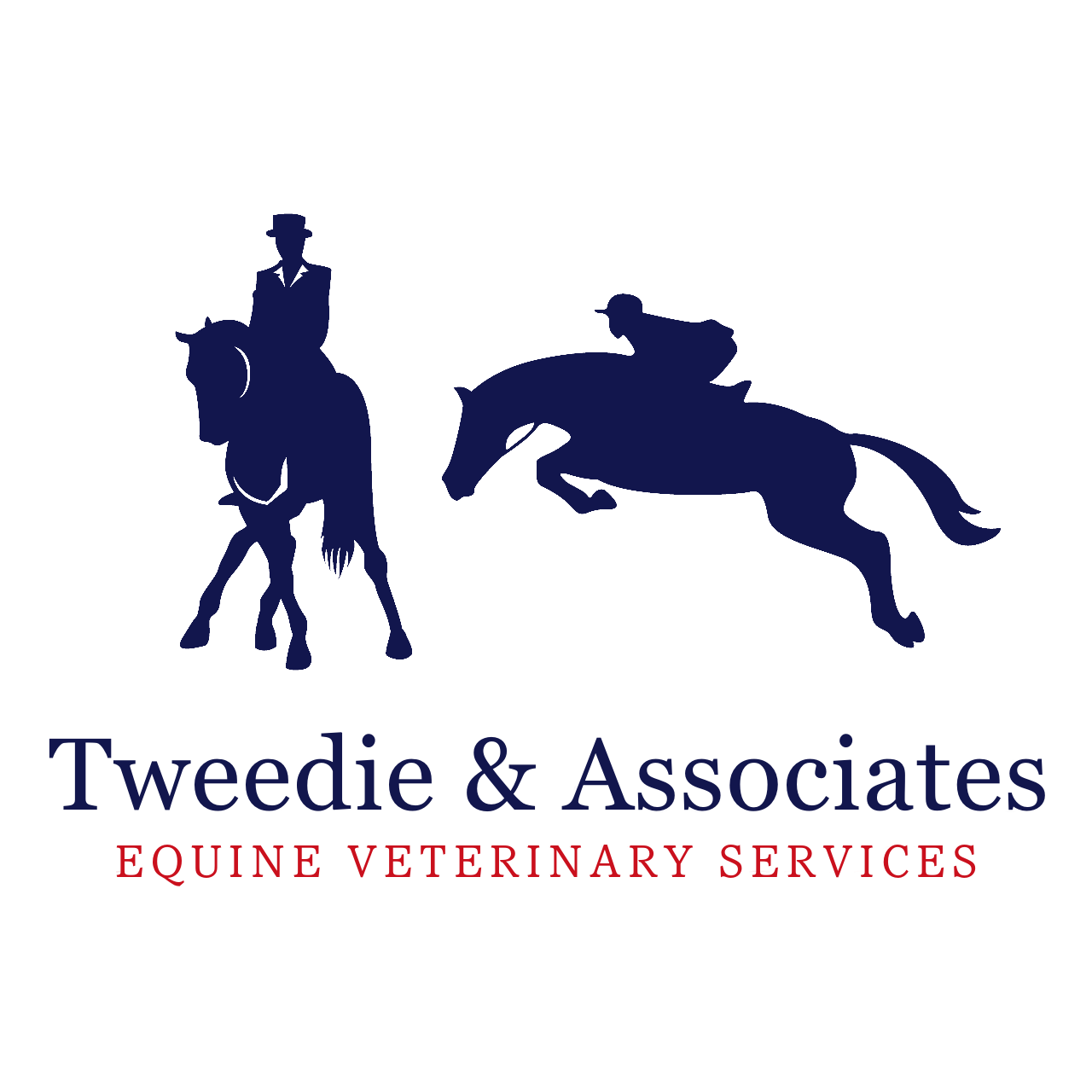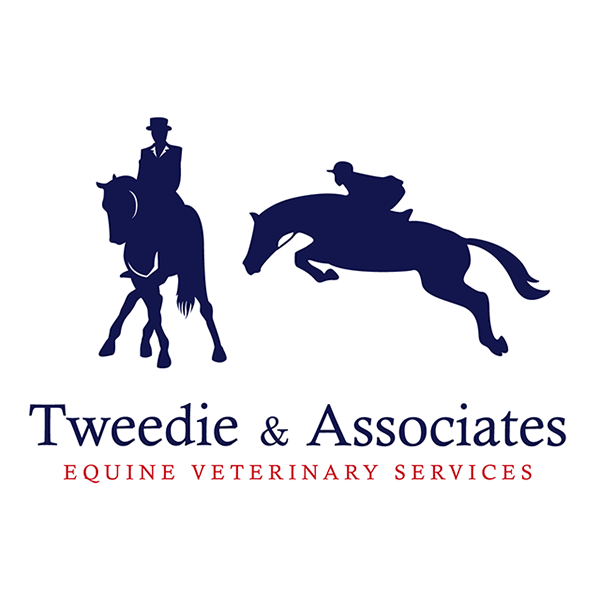Ring Bone What is it? How do we deal with it?
🔹 What Is Ringbone?
Ringbone is a common term horse owners use to describe a type of arthritis that affects the horse’s pastern or coffin joints—those are the joints between the bones in the lower part of the leg, just above the hoof. The veterinary term for ringbone is osteoarthritis or degenerative joint disease of either the pastern joint (high ringbone) or the coffin joint (low ringbone).
It’s called "ringbone" because the body sometimes forms a bony ring or lump around the affected joint as it tries to stabilize the area due to chronic inflammation.
🔹 Quick Overview
High Ringbone: Affects the pastern joint, which is higher up and easier to see and feel.
Low Ringbone: Affects the coffin joint, which is lower down inside the hoof, making it harder to see externally.
Cause: Wear-and-tear, poor conformation, injury, or repetitive stress.
Signs: Lameness, stiffness, heat/swelling, and a hard lump around the joint.
Diagnosis: Typically confirmed by X-rays.
Treatment: No cure, but can be managed with anti-inflammatories, joint injections, corrective shoeing, and in some cases, surgery.
🔹 The Details: What’s Going On in the Leg?
The bones in a horse’s lower leg (below the knee or hock) are connected by joints, including:
Pastern joint – between the long and short pastern bones.
Coffin joint – between the short pastern and coffin bone.
These joints are normally smooth and cushioned by cartilage and joint fluid. With ringbone, the joint starts to deteriorate due to arthritis, which means inflammation of the joint. The horse’s body tries to protect the joint by forming new bone, but this extra bone can interfere with joint movement and cause pain.
🔹 What Causes Ringbone?
Several factors can contribute:
Conformation flaws: Like upright pasterns or long toes.
Hard work: Especially in jumping, reining, or barrel racing horses.
Trauma: Past injury to the joint or repeated strain.
Age: Older horses are more prone, but younger horses with poor conformation or heavy workloads can develop it too.
🔹 What to Look For
Early signs can be subtle but include:
A slight lameness that gets worse with work.
Heat, swelling, or sensitivity around the pastern or coronet band.
A bony lump (in high ringbone) that seems to grow slowly.
Reluctance to turn or pick up leads.
Low ringbone is harder to detect by sight or touch and often shows up only as increasing lameness.
🔹 How Vets Diagnose Ringbone
Lameness exam – including flexion tests and observing the horse in motion.
Nerve blocks – to localize the pain.
X-rays – to see changes in bone shape, joint narrowing, or bone spurs.
Sometimes advanced imaging (like MRI) is needed, especially for low ringbone.
🔹 Treatment Options
There's no cure, but symptoms can be managed:
NSAIDs (like Bute or Prevequine): Help reduce pain and inflammation.
Joint injections: Corticosteroids or regenerative therapies (like IRAP or PRP). or Arthramid.
Special shoeing: Designed to reduce stress on the joint—e.g., rocker shoes, rolled toes.
Shockwave Therapy: Shockwave therapy can be useful for pain relief.
Surgery: In severe cases, especially in high ringbone, a joint fusion (arthrodesis) may be considered. This eliminates joint movement (and thus pain) but can only be done in certain joints.
🔹 Living with Ringbone
Many horses with mild to moderate ringbone can continue to live useful, comfortable lives with proper care. Management is key:
Keep them moving regularly to avoid stiffness.
Avoid hard or uneven surfaces.
Maintain regular farrier visits.
Monitor for changes and treat flare-ups early.
🔹 In Summary
Ringbone is a progressive condition, but with good management, many horses can stay comfortable and even remain in light work. Early detection and consistent care make a big difference.





